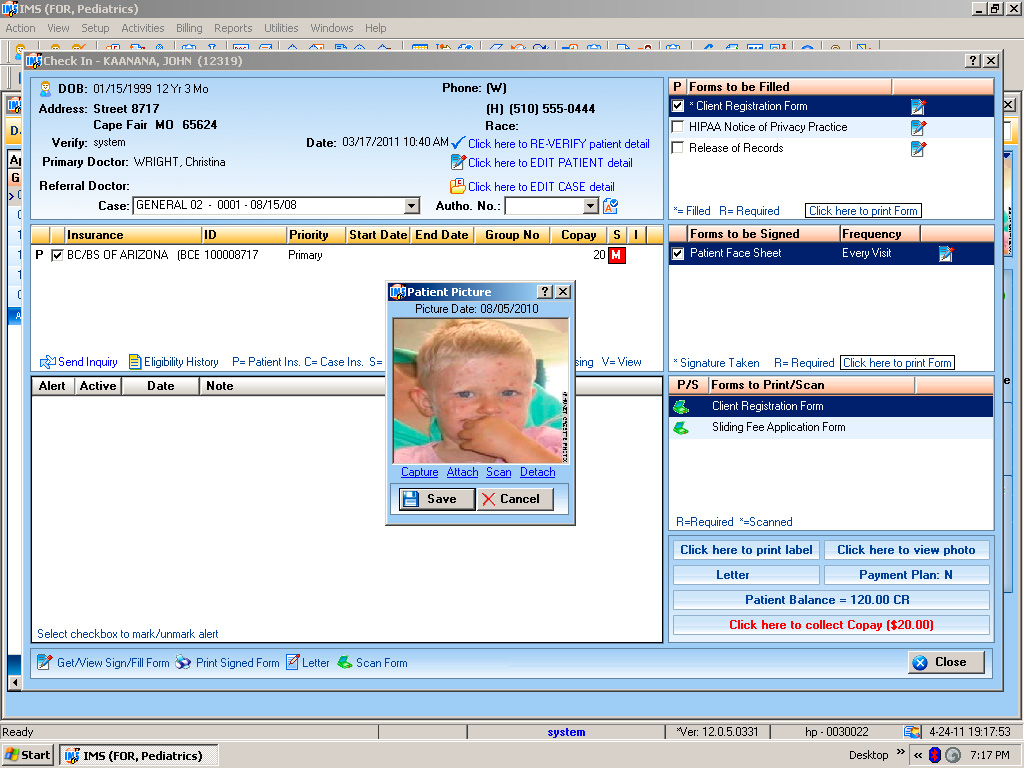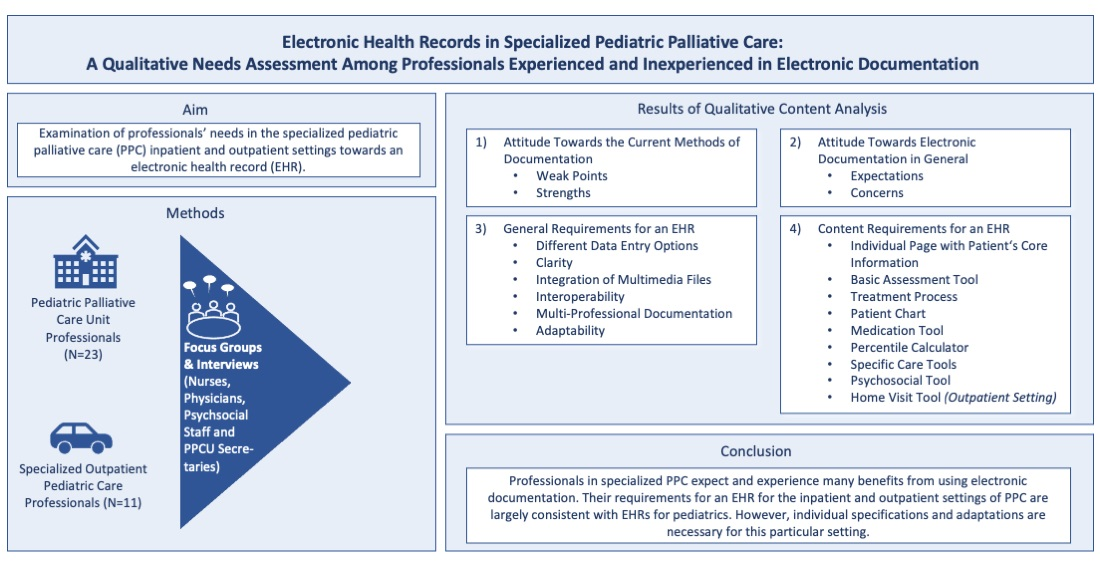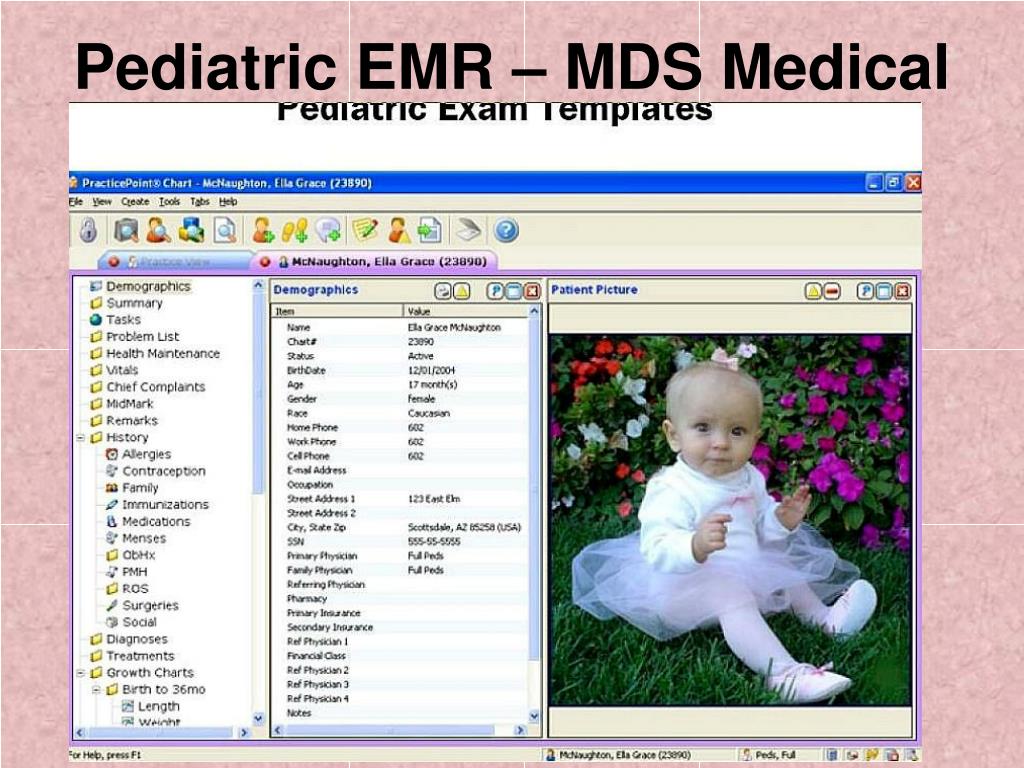Pediatric electronic health records are revolutionizing how healthcare professionals manage and deliver care to children. From tracking immunizations to recording growth and development milestones, these systems are designed with the unique needs of pediatric patients in mind, ensuring that every detail is captured for optimal care and safety.
Unlike adult-focused electronic health records, pediatric EHRs require specialized features such as age-specific documentation, parental access controls, and integration with vaccination registries. These solutions support clinicians by offering intuitive workflows, real-time alerts for critical health events, and robust compliance with privacy regulations like HIPAA. As more pediatric practices adopt these digital tools, families and providers alike benefit from smoother communication, safer treatments, and improved health outcomes for children.
Overview of Pediatric Electronic Health Records
Pediatric Electronic Health Records (EHRs) are specialized digital platforms designed to capture, store, and manage the unique healthcare information of children and adolescents. These systems aim to streamline healthcare delivery by integrating comprehensive patient data, supporting clinical decision-making, and enhancing communication among care teams, families, and ancillary providers.
Over the past two decades, the adoption of electronic health records in pediatric settings has accelerated due to advancements in health IT, policy incentives, and an increased focus on quality care for children. Unlike general EHRs, pediatric systems must account for rapid developmental changes, age-dependent medical protocols, and family-centered care environments. Historical milestones include the transition from paper-based charts in the early 2000s to widespread EHR use following the HITECH Act of 2009, which incentivized digital adoption.
Unique Characteristics of Pediatric EHRs

Pediatric EHRs are distinct from adult-focused systems due to several critical factors. Children require age- and weight-based medication calculations, comprehensive immunization tracking, and continuous monitoring of growth and development milestones. These records must facilitate communication with parents or guardians while also supporting adolescent privacy as children mature. The system’s design must accommodate frequent proxy access and consider school, public health, and specialty care integration.
- Growth and development tracking features tailored to pediatric patients.
- Advanced immunization management aligned with state and national schedules.
- Family and school involvement options, including secure proxy access for caregivers.
- Special documentation fields for age-specific symptoms, diagnoses, and treatments.
Key Features and Functionalities

Modern pediatric EHRs deliver a suite of specialized tools to address the nuanced needs of child healthcare. These features ensure accurate documentation, support preventive care, and enable providers to follow best practices in pediatric medicine.
Essential Components in Pediatric EHRs
A well-designed pediatric EHR incorporates several core functionalities that facilitate comprehensive and compliant care delivery for children and adolescents. Growth charts, for example, are crucial for monitoring developmental progress, while immunization modules track vaccine schedules and status. Age-specific templates and documentation workflows ensure that clinical notes reflect the developmental stage and unique health concerns of young patients.
| Feature | Description | Pediatric Significance | Implementation Example |
|---|---|---|---|
| Growth Charts | Automated plotting and tracking of height, weight, BMI, and head circumference | Detects early signs of developmental or nutritional issues | Integration of CDC/WHO charts for real-time visualization |
| Immunization Tracking | Monitors vaccine history and generates alerts for upcoming doses | Prevents missed or delayed vaccinations | Bidirectional connection with state immunization registries |
| Age-Specific Templates | Pre-built forms for well-child visits, developmental screenings, and adolescent assessments | Improves documentation accuracy and efficiency | Automated reminders for milestone screening |
| Parental/Proxy Access | Configurable access controls for parents or guardians | Supports family-centered care and legal compliance | Role-based permissions in patient portal systems |
User Interface Adaptations for Pediatric Workflows, Pediatric electronic health records
To address the fast-paced and collaborative nature of pediatric care, EHR user interfaces must be intuitive, visually engaging, and responsive to varying user needs. Customizable dashboards display relevant patient details, such as upcoming immunizations or growth percentiles, at a glance. Quick navigation tools, colorful icons, and streamlined data entry forms reduce cognitive load for clinicians, helping them focus more on clinical interactions and less on screen time.
Thoughtful pediatric EHR design bridges the gap between complex clinical guidelines and the practical realities of caring for children and families.
Compliance and Regulatory Considerations
Pediatric EHRs must adhere to numerous legal and regulatory requirements to protect young patients’ rights, privacy, and safety. In the United States, these include federal mandates like HIPAA, state laws related to parental consent, and adolescent privacy protections that become relevant as children age.
Pediatric-Specific Compliance Requirements

Ensuring compliance in pediatric EHRs goes beyond general health data regulations. Systems must handle situations where guardianship, consent, and privacy dynamically shift as children reach adolescence. Features to manage consent documentation, track proxy authorizations, and enforce access restrictions are necessary for legal and ethical care.
- HIPAA (Health Insurance Portability and Accountability Act): Governs all patient health information, with pediatric nuances in minor and adolescent care.
- Parental Consent Management: Tracks legal guardianship and consent for treatments or information sharing.
- Adolescent Privacy Protections: Enables confidential care for services such as reproductive health as required by state law.
- Proxy Access Controls: Defines who may view, update, or share a child’s medical data at various developmental stages.
Pediatric Data Standards and Reporting Obligations
Clear data standards and reporting requirements facilitate accurate care, public health monitoring, and research.
- HL7 Pediatric Data Standards: Structured data formats for interoperability and quality reporting.
- Vaccine Adverse Event Reporting (VAERS): Required documentation and reporting of vaccine reactions.
- Child Health Quality Measures (such as CHIPRA): Tracking of preventive care, screenings, and outcome metrics.
- State Immunization Information System (IIS) Reporting: Mandatory electronic submission of vaccine data.
Interoperability and Integration with Other Systems
Interoperability is crucial for comprehensive pediatric care, enabling seamless information exchange between clinics, hospitals, schools, and public health agencies. Effective integration supports whole-child care by uniting fragmented data sources.
Integration Approaches and Stakeholder Involvement
Pediatric EHRs utilize multiple methods for integration, including APIs, HL7 messaging, and secure portals. These facilitate connections with immunization registries for real-time vaccine updates, school health systems for special education coordination, and telemedicine platforms for remote consultations.
| Integration Type | Stakeholders | Data Exchanged | Benefits |
|---|---|---|---|
| Immunization Registry Interfaces | Pediatric providers, state health departments | Vaccine histories, administration dates | Improved vaccine compliance, reduced duplications |
| School Health Record Sync | School nurses, pediatricians, parents | Allergy lists, medication instructions, chronic condition reports | Coordinated care for students with special needs |
| Telemedicine Platform Integration | Pediatric clinics, families, remote specialists | Visit summaries, lab results, treatment plans | Expanded access to specialty care, especially in rural areas |
| Lab and Imaging System Connections | Pediatricians, imaging centers, labs | Diagnostic reports, imaging studies | Faster diagnosis, reduced manual data entry |
Enhancing Care Coordination Through Connectivity
The ability to connect pediatric EHRs with external systems directly benefits patient outcomes by reducing gaps in care, preventing redundant services, and ensuring that critical health information follows the child wherever they receive care. Interoperable systems allow for comprehensive medical home models and support public health initiatives such as outbreak tracking or community immunization campaigns.
Ultimate Conclusion
Pediatric electronic health records are setting a new standard for child healthcare, making it easier to provide safe, efficient, and personalized care at every stage of a child’s life. As technology continues to advance, these systems will only become more powerful and user-friendly, helping pediatric teams deliver the best possible experience for their young patients and their families.
FAQ Corner: Pediatric Electronic Health Records
How do pediatric electronic health records differ from adult EHRs?
Pediatric EHRs are designed with features specific to children’s healthcare, such as growth charts, immunization schedules, and documentation for developmental milestones, which are not typically needed in adult EHR systems.
Can parents access their child’s EHR?
Yes, pediatric EHRs allow parents or legal guardians to access their child’s health information, but access levels may change as the child gets older to ensure privacy for adolescents.
Are pediatric EHRs secure?
Modern pediatric EHR systems use advanced security measures like encryption, access controls, and audit logs to keep patient data protected from unauthorized access.
What happens if a family moves to another state or provider?
Pediatric EHRs can be shared with new healthcare providers through interoperability standards, ensuring continuity of care even if a family relocates.
Do pediatric EHRs support telemedicine?
Yes, many pediatric EHR systems now integrate with telemedicine platforms, enabling virtual consultations and seamless sharing of medical records with remote providers.
